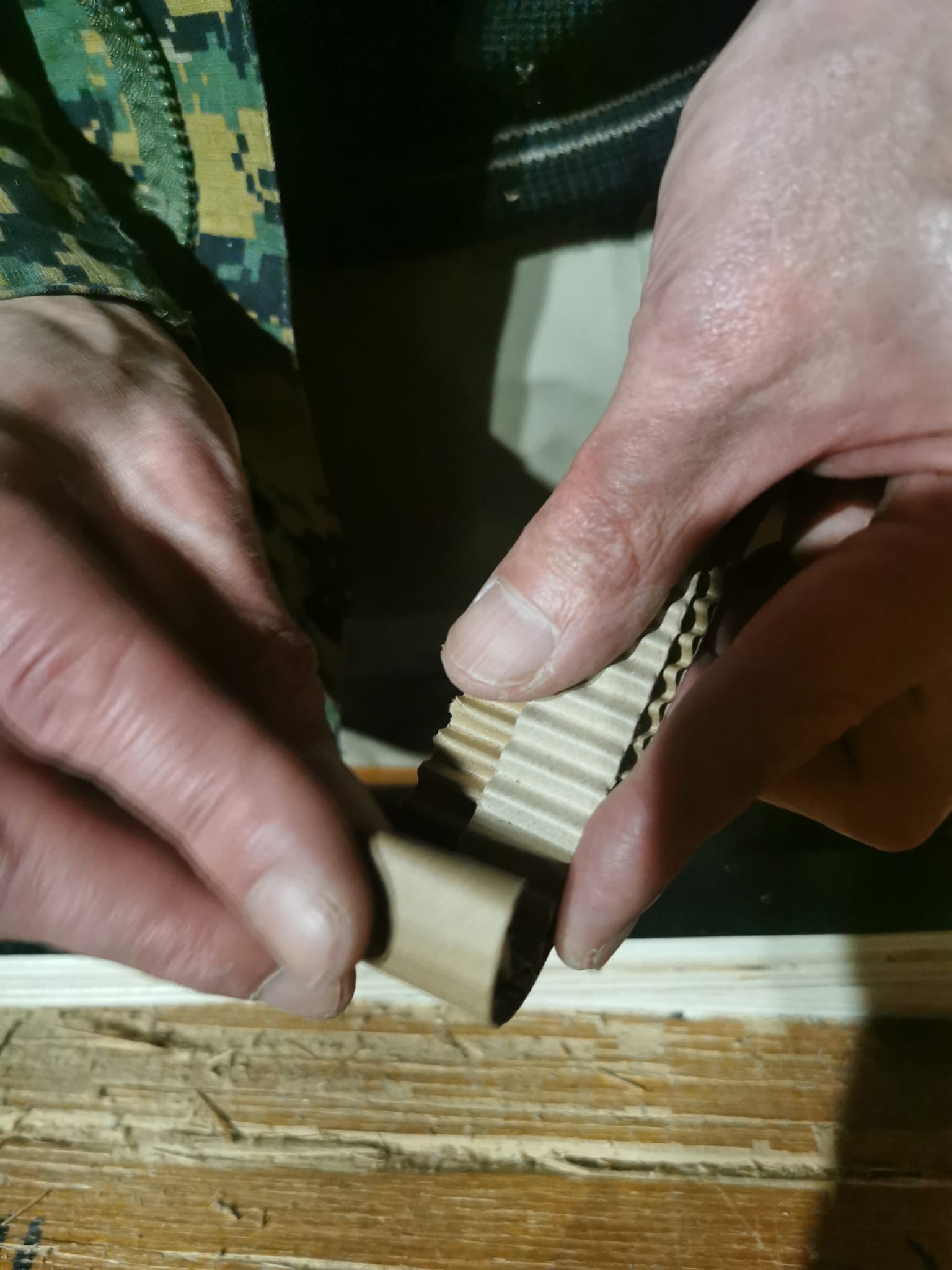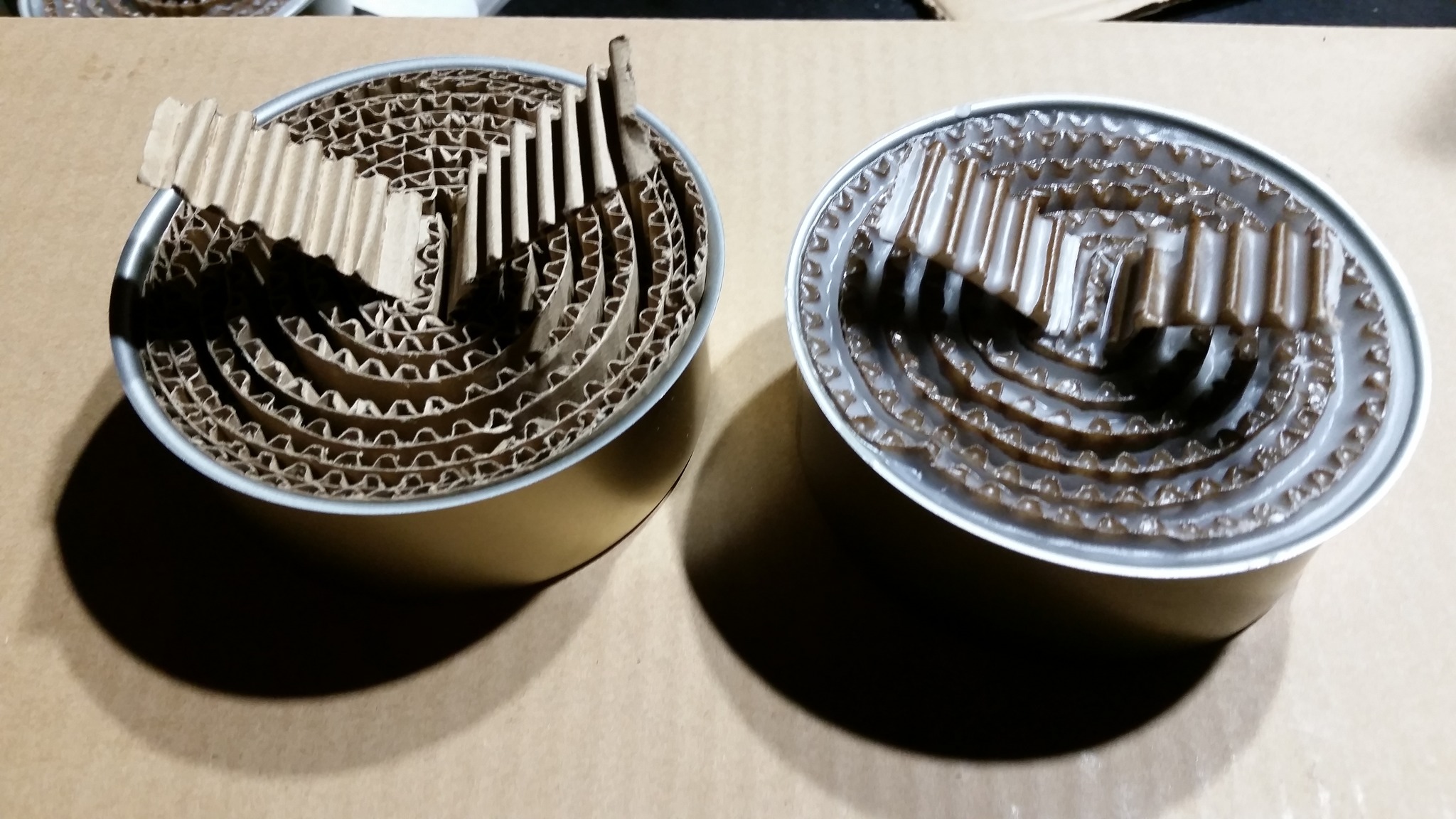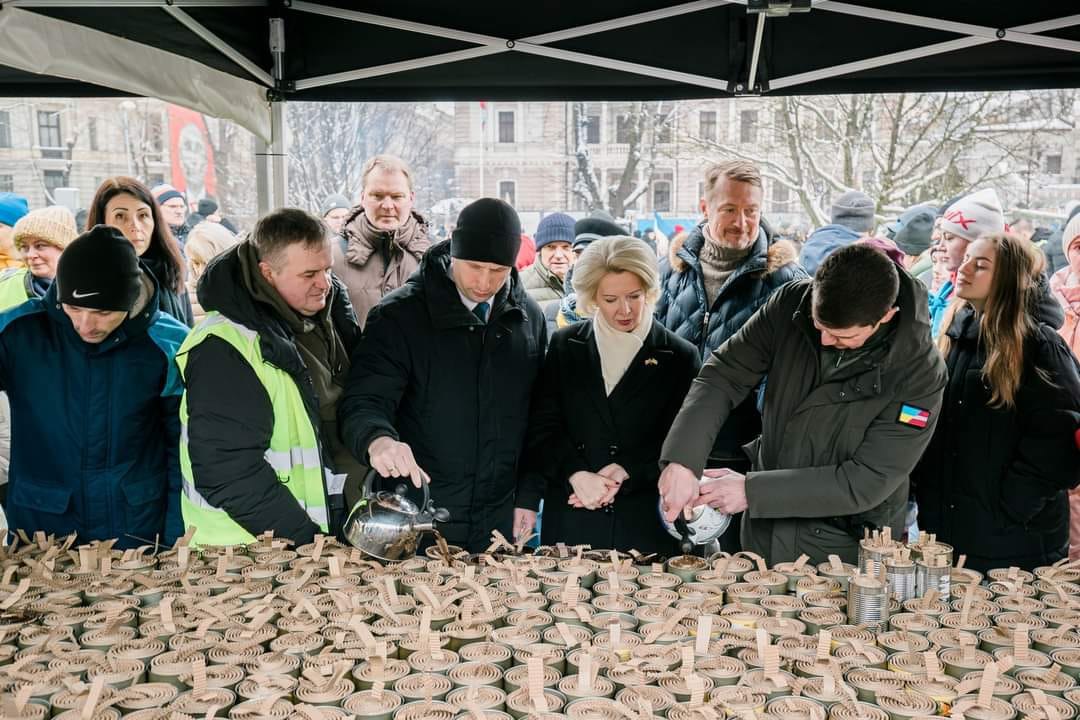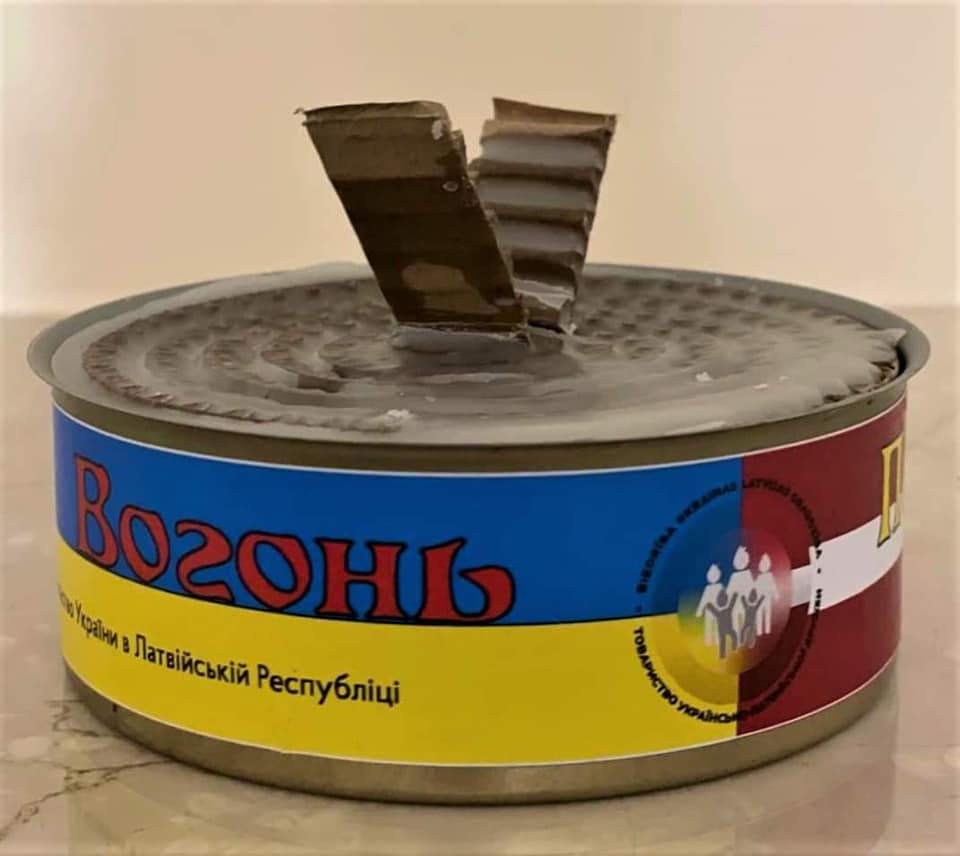Trench Candles.
Trench candles are over a century old. They were made back in World War I. From tin cans or cut off artillery shells, stuffed with newspapers and rags and then filled with a mixture of wax, lard, vegetable oil and machine oil...
Today we are able to make trench candles, with a standard design and predictable quality in use, from readily available inexpensive materials.
Manufacturing Technology.
Making trench candles begins with a refresher on school physics and chemistry courses. Because the most important characteristic of a trench candle is the amount of energy (heat) it gives off when it burns.
Trench candles can be divided into two groups according to their intended use - for cooking/heating the room and for lighting. And here the determining factor will be the amount of heat released by the product per unit of time.
A trench candle consists of THREE parts - a jar, cardboard and paraffin. And its quality depends directly on the balance, which found the manufacturers of this candle.
Experience has shown that the proportion of the jar should be between 1:3 and 1:2 (height:diameter). With a ratio of more than 1:2 full effective combustion of "fuel" will not be, with a diameter of 10 cm can (standard), its height should not exceed 5 cm. If the combustion surface is submerged below 3 cm from the edge of the jar (with a diameter of 10 cm), the flame is significantly weakened because of the lack of air flow.
For candles used for lighting, this is not important.
Going back to school science courses, we recall how the combustion process itself occurs...
Solid or liquid material does not burn in the literal sense. It is the gaseous phase of the combustible substance that burns. A regular candle wick - a thread or string fused into the candle "body" does not function as a "combustible material", but serves as a "transport" to feed melted wax (paraffin, stearin) into the combustion zone, where the melt begins to evaporate and in the gaseous state it takes part in the oxidative reaction - combustion with release of energy ...
The modern trench candle uses corrugated cardboard cut "across" and placed upright in a jar as a "wick". There are two types of trench candle "wick" - a star and a spiral.
The "star" wick is 3-4 strips of rigid corrugated cardboard with half-width slits in the middle. These "cards" are inserted with slits one into another and form a star structure, which is installed in a jar. The burning process of such a candle occurs by the edges of "cards" that protrude above the combustible material. Such candles burn long and evenly, their optimal use in "burzhuyki" or homemade heat dissipating radiators. These are candles for heating the room or drying clothes.
The wick "spiral" is a corrugated cardboard rolled up and installed in a jar. Rigid three-ply (box) cardboard is not suitable for such a wick. Two-ply corrugated cardboard used in the construction industry to make substrates for laminate or parquet. Such cardboard comes in rolls, which facilitates cutting it into blanks of the required size.
The spiral winding of the wick provides a much larger evaporation area of combustible material than the star wick. Accordingly, a much larger amount of "fuel" can be burned per unit time. And this means that with the same calorific value (heat of combustion) of the combustible substance, the amount of energy (heat) released per unit time will be much greater. Such candles are suitable for cooking. Two or three candles placed side by side give enough heat to boil 3-5 liters of water. Spiral wound candles are more resistant to the wind.
It has been found experimentally that a tight winding of cardboard tape, first, prevents sufficient access to air, and secondly, reduces the amount of paraffin poured into the jar. The "double spiral" winding technology #FirePeremogi - from two cardboard strips of different width - provides sufficient air flow into the combustion zone, as well as saving cardboard by 25 - 30% and, accordingly, increasing the filling of the jar with paraffin by 30 - 35%.
The width of the base tape is 5 mm less than the height of the can wall. The "reinforcing" tape can be 1 to 2 cm wide, but no more than half the width of the base tape.
The narrow tape is always placed "at the bottom" and an open spiral of wide tape is formed at the top of the jar
Such a candle does not lose its efficiency up to 80% of the burning time, which, in turn, exceeds the burning time of a candle with a "normal" (tight) winding.

Experimentally, for this type of cardboard (two layers, thickness of 3 mm) the optimal length of tapes was found: wide - 115 cm, narrow - 135 cm (with a diameter of 10 cm).
The length of the narrow tape is chosen so that the last coil creates a "rim", which is necessary to form a gap between the can wall and the "base" (wide) tape. This gap is especially necessary when pouring wax in the cold, at air temperatures below +5 degrees. It provides adhesion of wax to the varnish covering the metal of the can. If there is no such adhesion, the "casting" will fall out of the jar after curing (paraffin has a rather large heat shrinkage).
You can increase the spiral gap by using not two but three tapes for winding - one wide (base) and two(!) narrow (reinforcing). In any case, for this type of cardboard and this diameter of the can, the total length of all cardboard tapes is 250 cm.
The ignition wicks are made from the narrow tape. The blank ignition wick is made from narrow ribbon, its length is "two can heights + 8 cm". The blank is folded in half and "put on" the wide tape in the first turn. This prevents the ignition wick from falling out of the winding. In the finished candle parts of the ignition wick are easily spread out on its surface, which prevents them from breaking off during packaging and transportation.

Pouring should be done with melted paraffin at 80 to 120 degrees. When heated above 120 degrees, the glue in the cardboard will boil, causing many gas bubbles to form and prevent the cardboard from soaking in the wax and filling the spiral.
It is advisable to pour in "one at a time", slowly, up to the edges of the jar. After curing, the paraffin will shrink so that the cardboard spiral will be visible and will ignite quickly.
Do not "refill" the paraffin so that in the finished candle (after cooling) it completely covered the spiral, and its surface was smooth - such candles ignite for a very long time.
The internal structure of the "casting" looks like this:

|
|
The fuel is just as important - it should be paraffin, not stearin. The difference in calorific value (heat of combustion) - 48 MJ/kg for paraffin and 22 MJ/kg for stearin - is obvious.
The source of paraffin is the supplier company's warehouse, the source of stearin is a supermarket.
As of today, the average price of paraffin from the warehouse is 3000 Euros per ton.
The average price of supermarket stearin (in the form of household/holiday) candles is over €12,000 per ton. The difference is even more obvious.
Among the various paraffins available on the market, the most noteworthy seems to be the technical paraffin, obtained in the process of cleaning (capturing) flue gases at coal-fired thermal power plants. Such paraffin is usually marked FT-WAX.
This is a good material, has a melting point of about 110 degrees, practically does not smoke, like most high-molecular alkanes, which positively distinguishes it from natural waxes (bee or palm), which, in addition, have a lower heat of combustion (30 - 33 MJ / kg). Usually available FT-WAX made in the People's Republic of China, which has an attractive price not exceeding 2000 per ton.
It is possible to mix paraffin and stearin, but in the proportion of 2 to 1, not less, so as not to reduce the calorific value of the product too much...

Volunteer Moskalik
#community of Ukrainian-Latvian friendship

 April 07, 2023 - BY Admin
April 07, 2023 - BY Admin